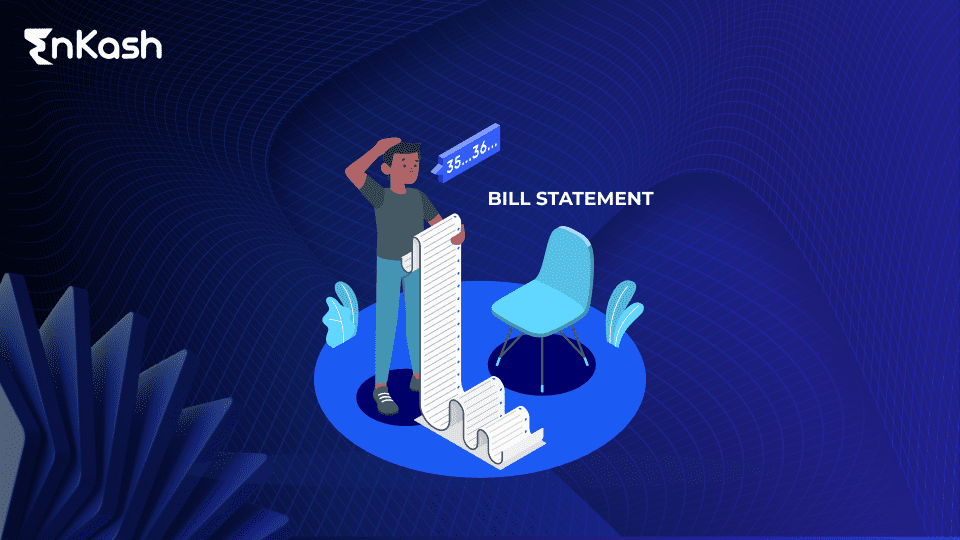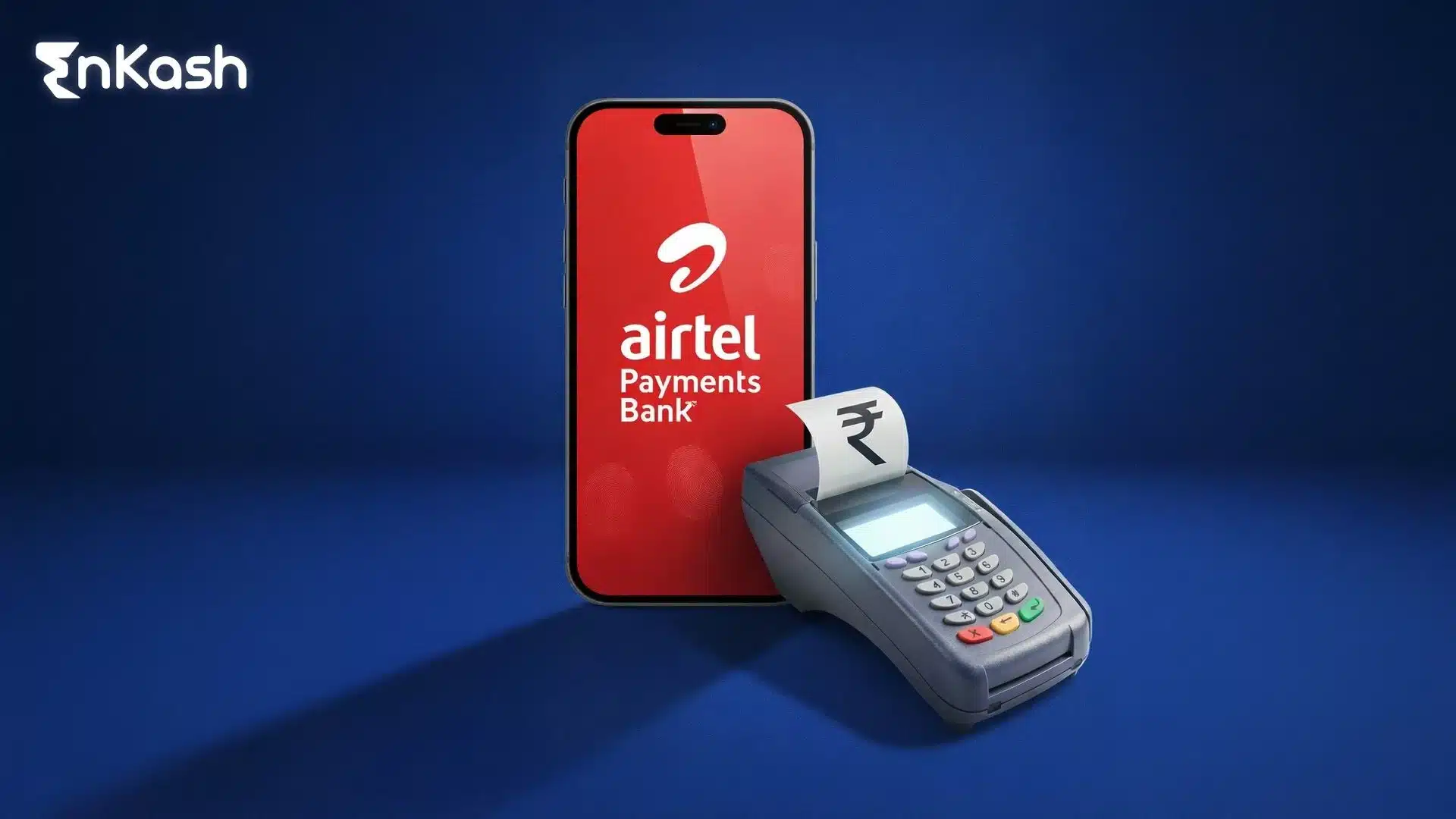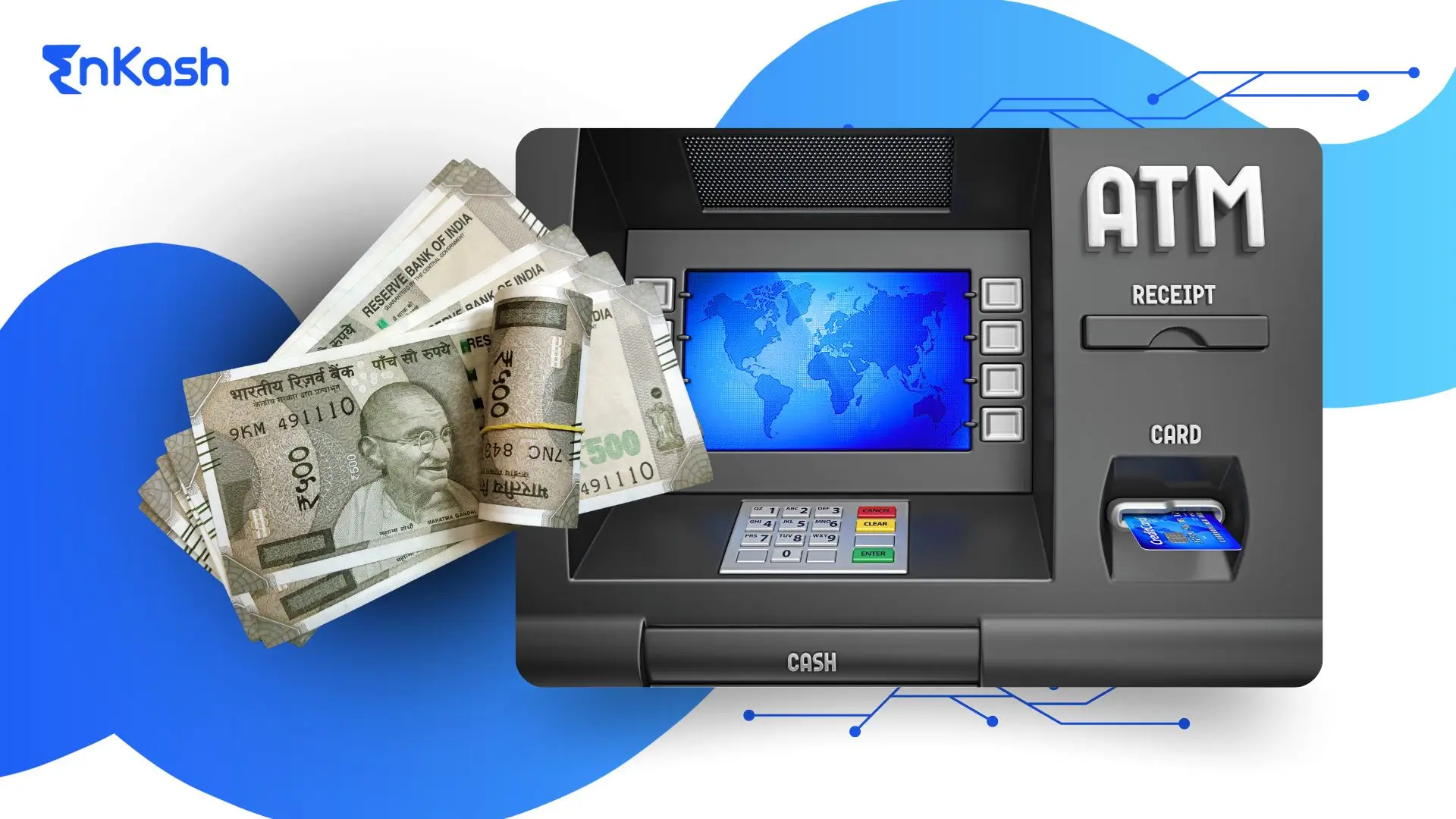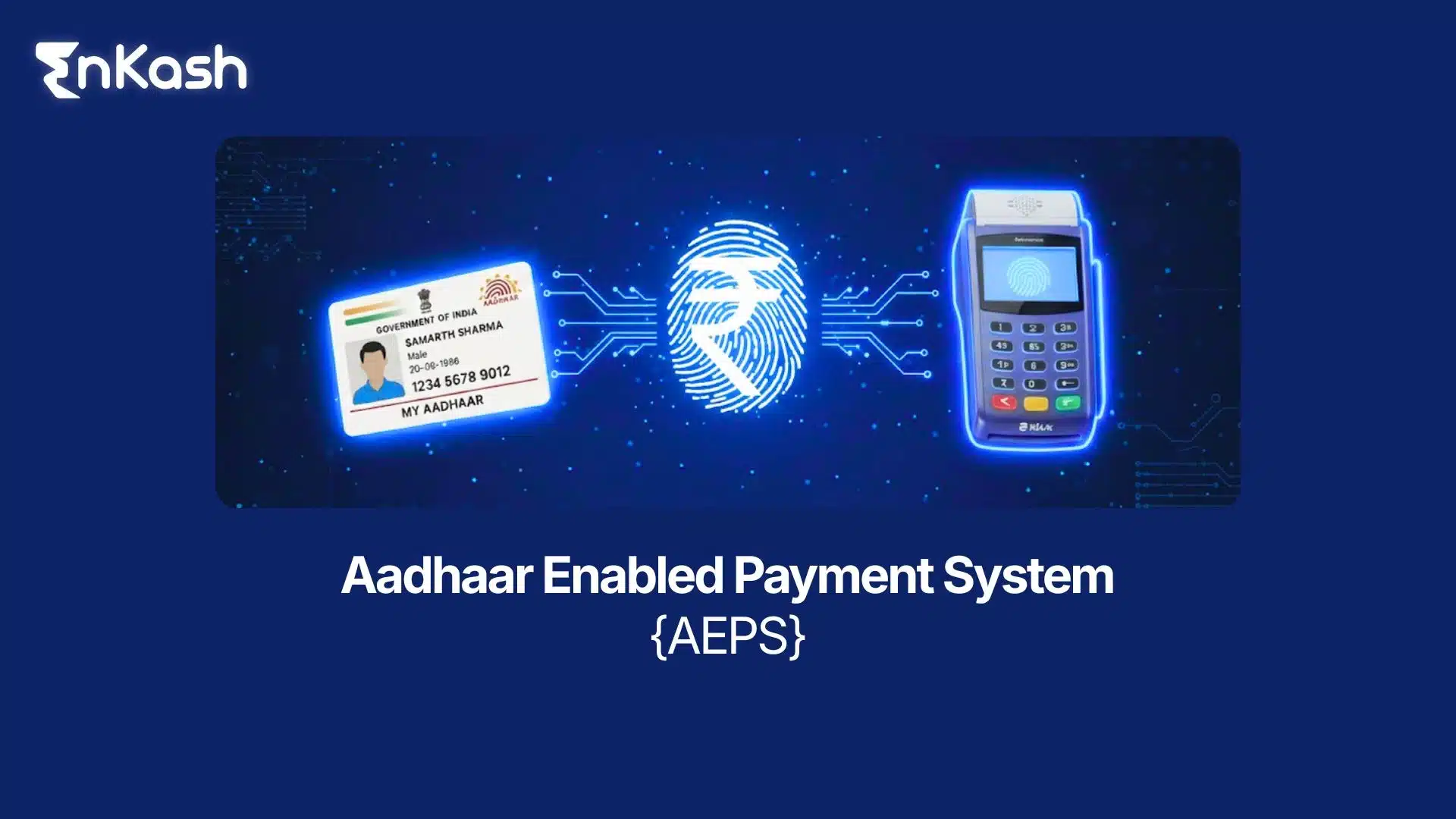A billing statement is a document regarding the financial transactions between the business and its customers over a period. It enlists all the transactions during the set period to show all the account balances, fees, and payments to showcase the transparent conduct of financial affairs. If prepared properly with the correct format and layout, a billing statement can keep individuals and organizations financially correct and help them track the payments, replenishing their balances. With this article, we will help you get all that information.
What is a Billing Statement?
The billing statement is one of the most important financial documents that provides an overall detail of transactions made by any business with its customers for a specific period, usually a month. This document makes the business process transparent by detailing every charge, credit, payment, and balance due. Whether for business or personal transactions, a billing statement serves the very purpose of keeping a record of payments made and still pending to ensure a clarified financial status between parties.
Reputable organizations must send accurate billing statements to maintain their professional image and reduce potential disputes about payments or services rendered; meanwhile, customers use these documents to manage their expenses and ensure they are being charged correctly. Generally, a billing statement stresses vital information, such as balances and payments left due, fees or commissions, and the date a new payment must be made.
In many industries, the software automatically generates such statements, allowing for a fast and accurate way to record the financial relationship between two parties and potentially constitute legal documents if any disputes arise.
Read More: Payment Solutions for Business
Key Components of Billing Statement
A billing statement is an extensive means of transparency. This document provides information for payments, balances, and charges, which are organized in such a way that each party knows exactly what they must or must not owe another. Let’s discuss the important parts of a billing statement:
Account Information
The most important part of a billing statement is always the info at the top of the page. There, you will see the account holder’s name, the account number, and the billing period. This is very important for the company that issues the monthly billing. If they have the correct info, the customer gets their bill on time and pays on time.
Previous Balance and Payments
The previous balance reflects the amount carried over from the last billing cycle, while the payments section shows any payments made toward that balance during the current cycle. This is a critical part of the statement as it shows the customer how much was owed previously and how much has already been paid, providing an updated view of their financial standing.
Transaction Summary
A transaction summary lists the charges, credits, and payments during a billing period. It can include various items such as purchases, service fees, refunds, or any other form of transaction. A transaction summary gives customers better insight into their spending in one place and makes it easier for companies to check if their charges are accurate.
Outstanding Balance
The outstanding balance is the amount you still owe at the end of the billing cycle. This is the most important detail for the client as it tells him how much he owes. Accrued debt is vital in companies: it may lead to trouble over-collection or confusion about balances that are due at some point.
Fees and Charges
Additional fees or charges the customer likely wouldn’t know about or understand are presented in a separate section. These could be late fees, service fees, interest charges, or anything separate from prices on the same plan. This component is important because separating these fees and presenting them clearly makes the customer less likely to get caught by surprise at checkout.
Payment Due Date
Finally, every invoice contains a payment due date. This is the day the customer must pay the next installment. You need to make it very clear when the due date is because if your customer misses it, it may incur more charges (a fee or interest), badly affecting your customer’s credit record.
Read More: Payment Gateway
Layouts and Formats of Billing Statements
Billing statements come in various formats depending on the industry, business size, and type of service provided. However, all formats aim to deliver clear, concise, and accurate financial information. The layout and presentation of a billing statement can significantly impact its readability and usefulness for both businesses and customers. Let’s explore some common formats and layouts.
Also Read: Balance Sheet Formats
Custom Formats
Organizations might choose to develop custom formats that are perhaps more consistent with their branding or that help them meet certain business needs. Custom-formatted billing statements might have customized areas for deals, discounts, or loyalty programs or even include marketing messages.
Custom formats can give you greater kudos if you can get them to look right, but they require more upfront design and production effort. Businesses with a customer base of high-value customers or those that regularly interact over the long term could have the most to gain from this.
Standard Format
The standard one is the most widespread layout of a billing sheet. Usually, it contains a clear header with account information and several lines for transactions, previous balances, fees, and outstanding balances. This format can be the most suitable for companies that prefer to communicate their customers’ finances as clearly and straightforwardly as possible.
Components:
- Account Information
- Transaction Summary
- Previous Balance
- Fees and Charges
- Outstanding Balance
- Payment Due Date
Detailed Format
A more detailed version could include a list of items purchased, including quantities and prices, a breakdown of taxes, or various sections for different charge categories. Businesses that process complicated transactions or offer a wide range of services may use this format to give their customers a better idea of what they’re paying.
This detailed format is particularly useful for those in the business of billing customers, such as healthcare, finance, or professional services, where a bill might span multiple categories of charges and require the specifics of services to be explicitly clarified.
Electronic Billing Statements
In the transition to digital solutions, most companies offer electronic bills (e-statements) delivered as email or directly in a portal with richer interactivity, such as click-through links, PDFs included, etc.
Component |
Description |
Electronic Access |
Link to the customer portal |
Payment Integration |
Integrated options for online payments |
Transaction Breakdown |
expandable sections for detailed view |
Automatic Alerts |
Notifications for upcoming payment due dates |
How to Create a Billing Statement
A well-organized billing statement ensures transparency and helps maintain a positive business relationship by clearly stating what is owed and when it is due. Here’s a step-by-step guide on how to create a professional billing statement that meets the industry standards:
Step 1: Gather All Necessary Information
Any billing system must start with reliable information. We must know all the details, such as the customer’s name, the amount of money he has earned, the payment that has already been received, the pending payments that he owes, the extra charge made, the initial balance of his account, and so on so that we can create a billing statement for a customer. Next, decide which billing statement format is most appropriate for your business.
Step 2: Use a Professional Template or Software
The challenge of creating billing statements can be mitigated with software or a professional billing template. Some software solutions automatically generate billing statements, saving time and ensuring accuracy via consistent formatting. Software options and accounting programs such as Invoicera can automate payments, remind customers, track financial requirements, and keep customer information on record.
Step 3: Organize the Billing Statement
The billing statement should be presented logically. The final statement should include the following sections:
- Name, account number, billing cycle
- List of charges, credits, fees, and payments
- Any balance carried forward from previous periods
- Total amount due
- The deadline for payment
Also Read: Bills Payable
Step 4: Include Payment Instructions
Make it easy for a customer to pay by providing clear instructions about how to do so – such as what methods (e.g., online payment portal, bank transfer, or mail cheque) are available and any other details they might need. If you offer online payment, include links or payment gateway instructions to take customers directly to the relevant page.
Step 5: Review and Send
After completing the billing statement, you should review it to ensure the information is accurate. You would not want your customer to misunderstand or dispute a bill over a small error. Ensure the amounts and the balance match the products and services you sold. Arrange the finalized billing statement electronically to your customer, mail a hard copy through the post, or upload it to a customer portal.
Step 6: Automate the Process (Optional)
For example, if your business has a product or service that requires recurring billing (like gym memberships, yard services, or gym coaching), if you set your billing software to automatically generate and send statements after the end of every billing cycle, then setting this automation up once will save you time every month and will ensure that no detail gets forgotten.
Read More: Electronic Payment
Sample Billing Statement Examples
A sample billing statement is a visual representation of the main elements. It’s a helpful guideline for any business or person needing to create their own. Look at some examples of billing statements from different industries and go through them below.
Example 1: Utility Billing Statement
This is an example of a billing statement from a utility company (electricity or water, etc.) that mentions all the necessary components yet concentrates on the charges for the usage of the services, which includes the amount due.
Component |
Description |
Account Information |
Customer name, account number, service period |
Previous Balance |
Amount carried over from the last billing cycle |
Current Charges |
Cost for services rendered (e.g., electricity used) |
Additional Fees |
Any extra fees (e.g., late fees, service fees) |
Total Due |
Total amount the customer owes |
Payment Due Date |
Date by which payment must be made to avoid penalties |
Also Read: Bills Payment
Example 2: Credit Card Billing Statement
The table gives each transaction and its amount, payment, and interest every time. This billing statement provides more details than bank billing as credit card billing accumulates different transactions and interests.
Component |
Description |
Account Information |
Customer name, credit card number, billing cycle dates |
Previous Balance |
The amount owed from the previous billing cycle |
Payments Received |
Payments made towards the balance during the cycle |
Purchases |
An itemized list of all purchases made during the billing cycle |
Interest and Fees |
Any interest charges, late fees, or other fees |
Total Balance |
Total amount due, including interest and fees |
Minimum Payment Due |
Minimum amount required to keep the account in good standing |
Payment Due Date |
Date by which at least the minimum payment must be made |
Read More: GST Bill Payment
Best Practices for Professional Billing Statements
Preparing a billing statement is not only providing transactions, but you have to look into its details, clarity, and accuracy to maintain a healthy relationship with your customer. So, by following some of the best practices, you can create a billing statement.
- Ensure Accuracy
- Use Clear and Simple Language
- Organize Information Logically
- Offer Multiple Payment Options
- Include a Detailed Transaction Summary
- Set Clear Payment Terms
- Automate Recurring Billing
- Provide Contact Information for Queries
Read More: Auto Payment Collection Platform
Conclusion
Bill statements are the essential reference source for keeping the record of transactions with customers tidy and organized. Billing statements encompass the following key parts, formats, and best practices, which help ensure billing statements’ clarity, accuracy, and legibility.
Maintaining good financial relationships with clients is a major goal for small businesses and enterprises. In this regard, making payments on time and without disputes is favorable. Financial accuracy and client satisfaction are both improved using a professional billing statement.
FAQs
What should I do if I notice an error on my billing statement?
If your billing statement is wrong, call the issuing business immediately. Describe what the statement says and what you think the statement should contain. Many businesses have dispute processes; they will probably be pleased that you told them so that they can fix it before your next payment is due.
What are the consequences of sending an incorrect billing statement to a customer?
If a company issues the customers incorrect billing statements, this would hurt the relationship between the company and customers. This had been done before. Wrong billings could generate disputes between the company and customers, cause payment delays, and could even lead to disputes that go to court. To avoid these problems, management should strictly check all information before statement issuance and quickly deal with an arising invocation error.
What is the difference between an invoice and a billing statement?
An invoice itemizes the goods or services provided to a customer and is normally generated at the end of a job or service. On the other hand, a billing statement is a periodic summary of the activity on an account. This includes previous balances, recent payments, and current charges. It is usually sent every month in order to track the transactions that are still ongoing.
Can I customize the layout of my billing statement?
Yes, billing statements can be formatted in ways that make them look different. The amount of customization possible depends on the system being used.
How often should billing statements be sent to customers?
How often does a company send a billing statement to its customer? This depends on the business type and what the company and customer have agreed to. In most cases, though, companies send billing statements monthly to their customers, especially when they provide a continuous service or have a recurring transaction. Some companies send them quarterly, depending on their billing cycle.
Are electronic billing statements legally valid?
Yes, in general, electronic billing statements are considered legally valid worldwide. This means India is also valid as a country, not an island. However, countries have prescribed standards regarding the format and accuracy of such statements. This is a complicated topic of convergence of “electronic” and “paper” billing regulations, and details depend on the location.
How can I ensure that customers pay their billing statements on time?
Businesses can also enhance prompt payment. The outstanding balance must have a clear due date printed, with at least two payment methods offered, and timely payment reminders sent to the customer before the due date. For those who still choose to pay after the deadline, they should clarify the corresponding late payment penalties. Similarly, it’s a positive sign if they printed a discount rate for those who paid early in advance.
What happens if I don’t pay my billing statement by the due date?
The payment of an invoice that is ultimately not made by the due date might lead to the payment of late payment charges or interest charges; the service might be interrupted, or the unpaid balance could be turned over to a collection agency, with potential consequences on the payor’s credit report or financial standing.
Can a billing statement be used as proof of payment?
Although a billing statement has an overall summary of charges, including what was paid and at what cost, a billing statement is not proof of payment. One would need to produce either a receipt for payment, a statement from a bank account showing the charge, or some other confirmation of the fact of payment.
How do billing statements help businesses with financial planning?
Companies use billing statements to give them a more rounded picture of their accounts receivable and help them monitor cash flows and forecast revenue. Tracking payment records, unpaid invoices, and recurring payments can help companies make better decisions about their budgets and plan future expenditures or investments.








